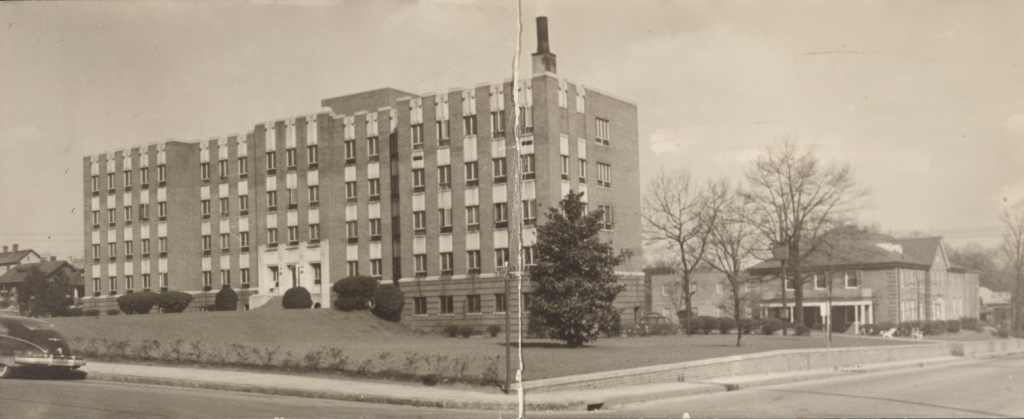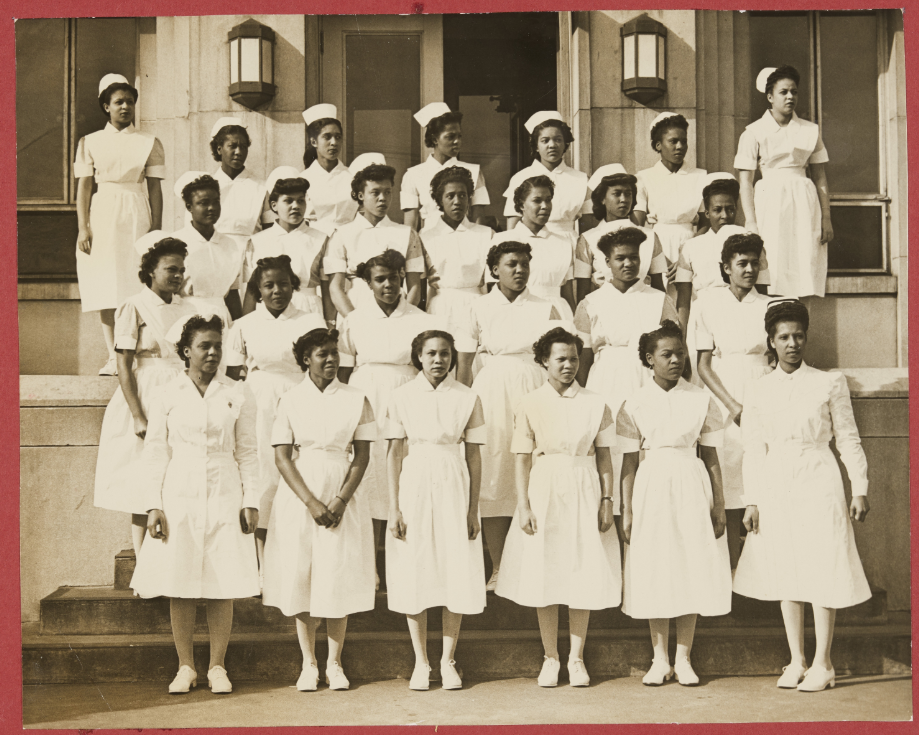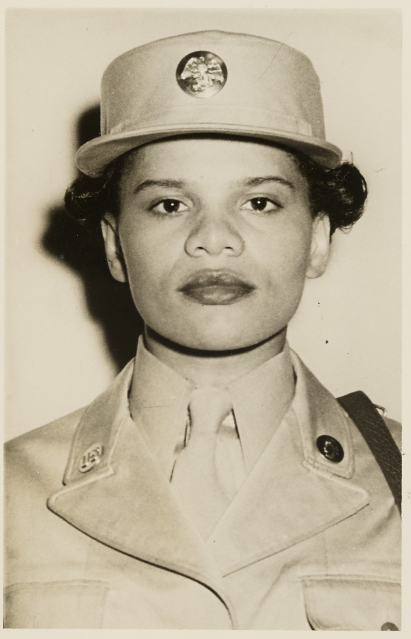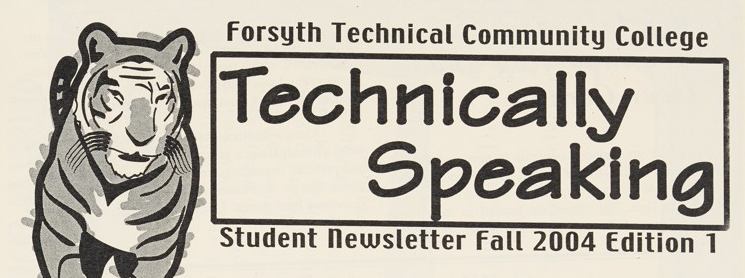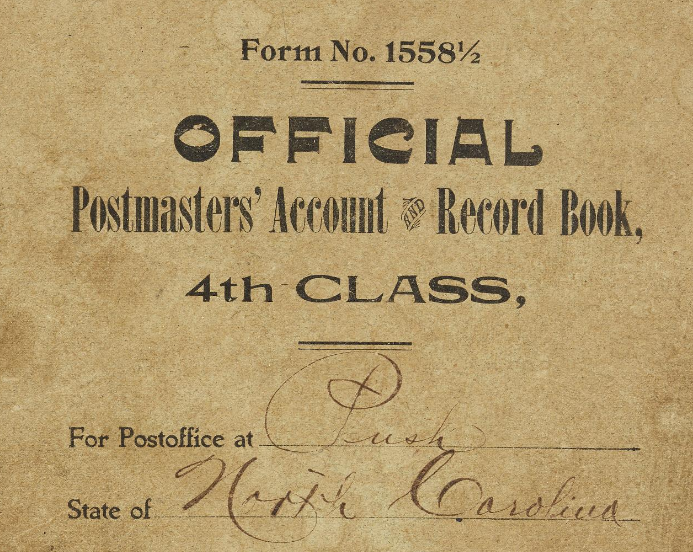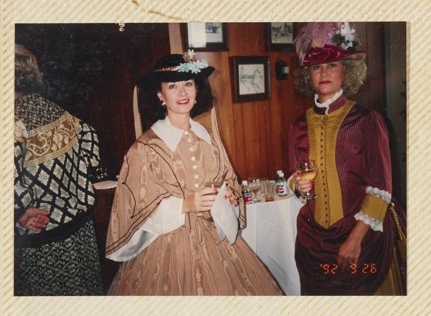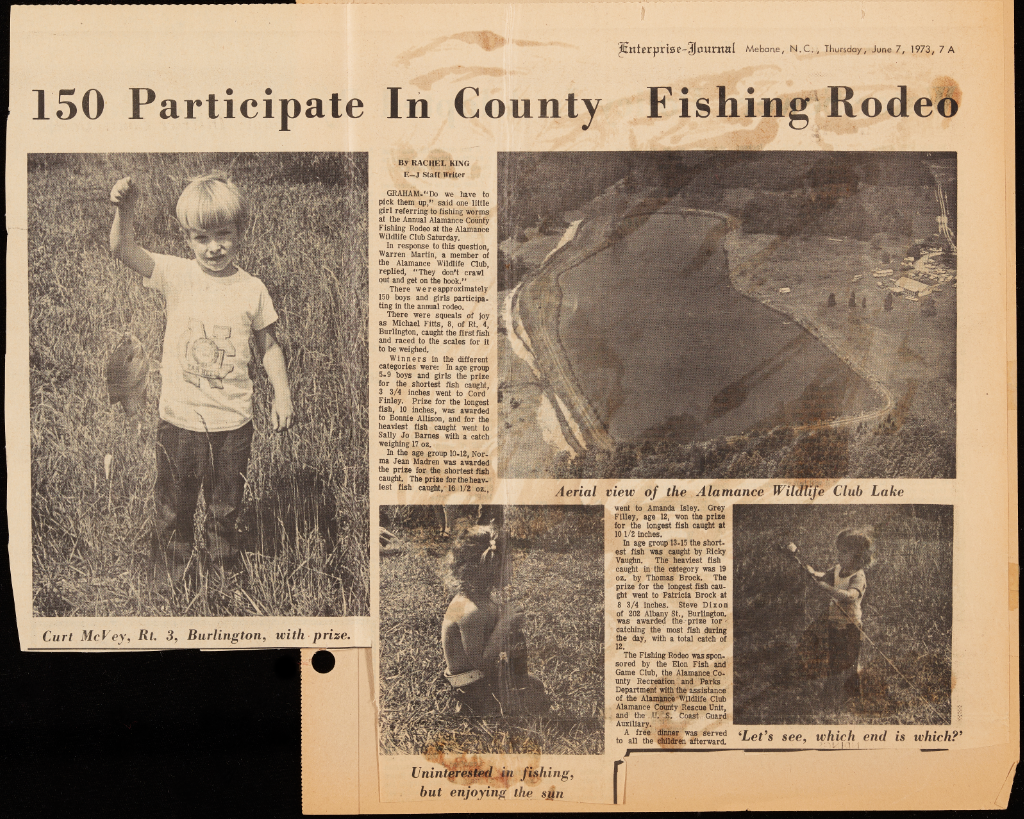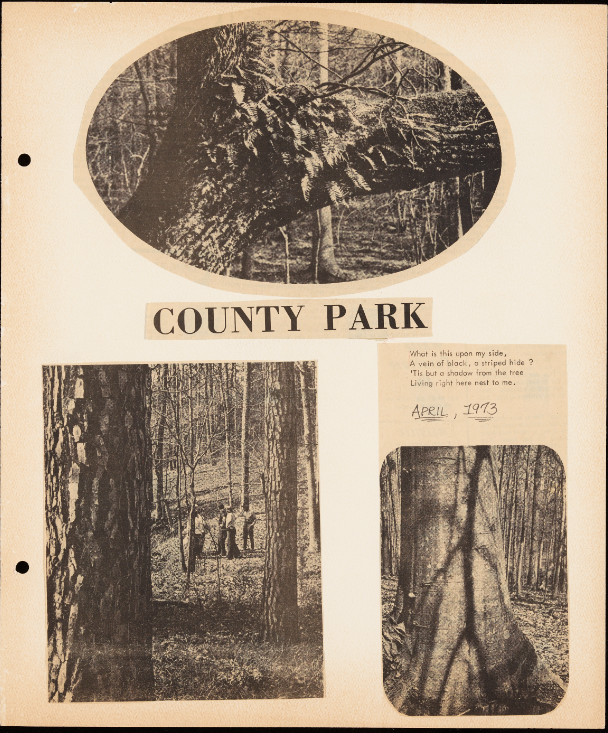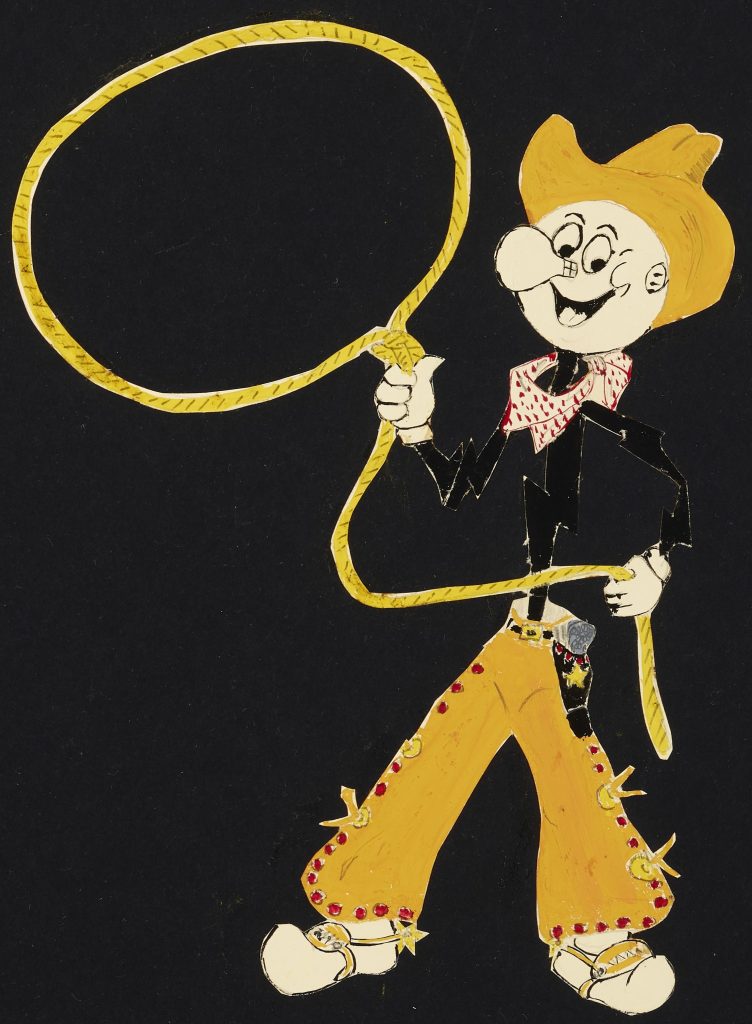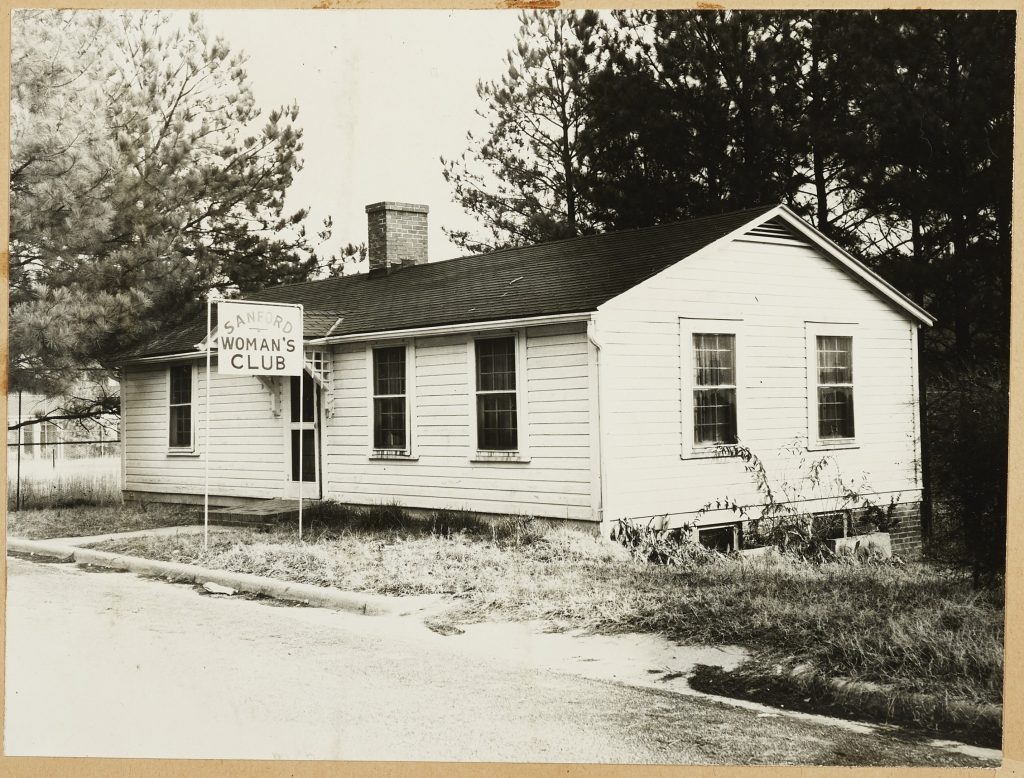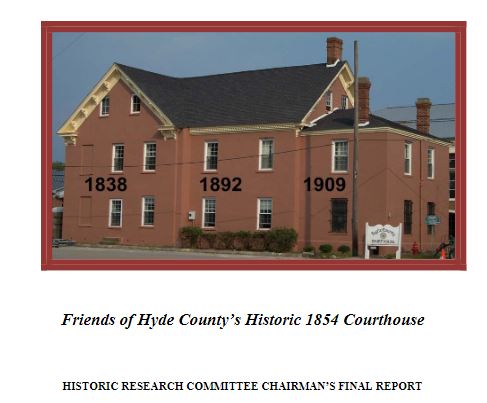Thanks to our new partner at the Jonesboro Historical Society, DigitalNC is proud to announce that EIGHTY new records are now available online for the very first time! These materials cover almost every possible aspect of life for Jonesboro residents, from wartime letters and community recipes to yearbooks! Located in Lee County, Jonesboro is now a neighborhood of Sanford, but retains a rich history and was once an independent township. The community retains its independent charm, and has a rich history detailed in the archival record. These new materials range from as far back as 1912, and are as recent as 1996. Mediums run the gamut from the conventional (programs, photographs) to the novel (cookbooks, bulletins). This batch has something for any Tar Heel historian, whether they’re interested in Edwardian fashion or the second world war.
Anyone interested in wartime narratives will be pleased to find an amazing collection of bulletins published by Jonesboro residents. These bulletins were circulated around Lee County, as well as sent overseas to soldiers. Each issue featured letters written by Jonesboro men sent overseas, and often updated their friends and family on their status, station, and well-being. For many families, these letters were often the only news they received on their friends and loved ones, and even those deployed expressed gratitude for updates on where their childhood mates were stationed. During the second world war, Jonesboro men were stationed across the world, including England, northern Africa, and in the Pacific. Home front experiences are also recorded in these newsletters, including prayers written by mothers and clergy. Also included in this collection are photographs of Henry Buchanan, who served in the first world war on mounted horseback!

For those among us interested in domestic histories, the Community Cook Book published by the Jonesboro Methodist Church will prove particularly appetizing. This book is a wonderful collection of recipes gathered from Jonesboro residents, ranging from soda bread to lobster. Each dish has the name of the community-member who contributed the meal, and they often provide written advice or histories alongside their family recipes. If that’s not enough, the book also provides advice for new couples who may be unaccustomed to hosting guests. The advice features details on setting tables, seating arrangements, silverware, and even proper etiquette once everyone’s seated. Also included are “household hints,” for easy preparation of common ingredients such as tomatoes, pecans, pie crusts, and sandwiches. While some of the etiquette tips may not be as prevalent today (the use of household maids is definitely not as common), this book is a delightful resource for anyone interested in cooking more Southern food, or for those wishing to become “better” hosts.
The collection also includes a wide range of portraits and photographs taken around Jonesboro. If you’re interested in cooking, learning more about the second World War, or just want to look at some gorgeous historic portraits, you can find the batch online now at DigitalNC here. Thanks again to our amazing new partners at the Jonesboro Historical Society for making these records available and for our partner at Lee County Libraries for connecting us.

